Statistical Computing (STAT878) Assignment 1: Comprehensive Analysis
VerifiedAdded on 2021/04/17
|8
|1349
|93
Homework Assignment
AI Summary
This document presents a comprehensive solution to Assignment 1 for the STAT878 Statistical Computing course. The solution addresses three key areas: Maximum Likelihood Estimation (MLE) using the Newton-Raphson method, Bayesian statistics with posterior plot estimation, and Ridge Regression. The MLE section includes model definition, variable identification, and probabilistic relationships, along with code implementation. The Bayesian statistics component focuses on plotting posterior estimates using Monte Carlo simulations. The Ridge Regression section involves loading data, plotting predictor variables, calculating correlations, and computing coefficient estimates with ridge parameters, along with graphical representations of the results. The assignment leverages statistical techniques to analyze and model data related to train cancellations, temperature, and rainfall.
1 out of 8

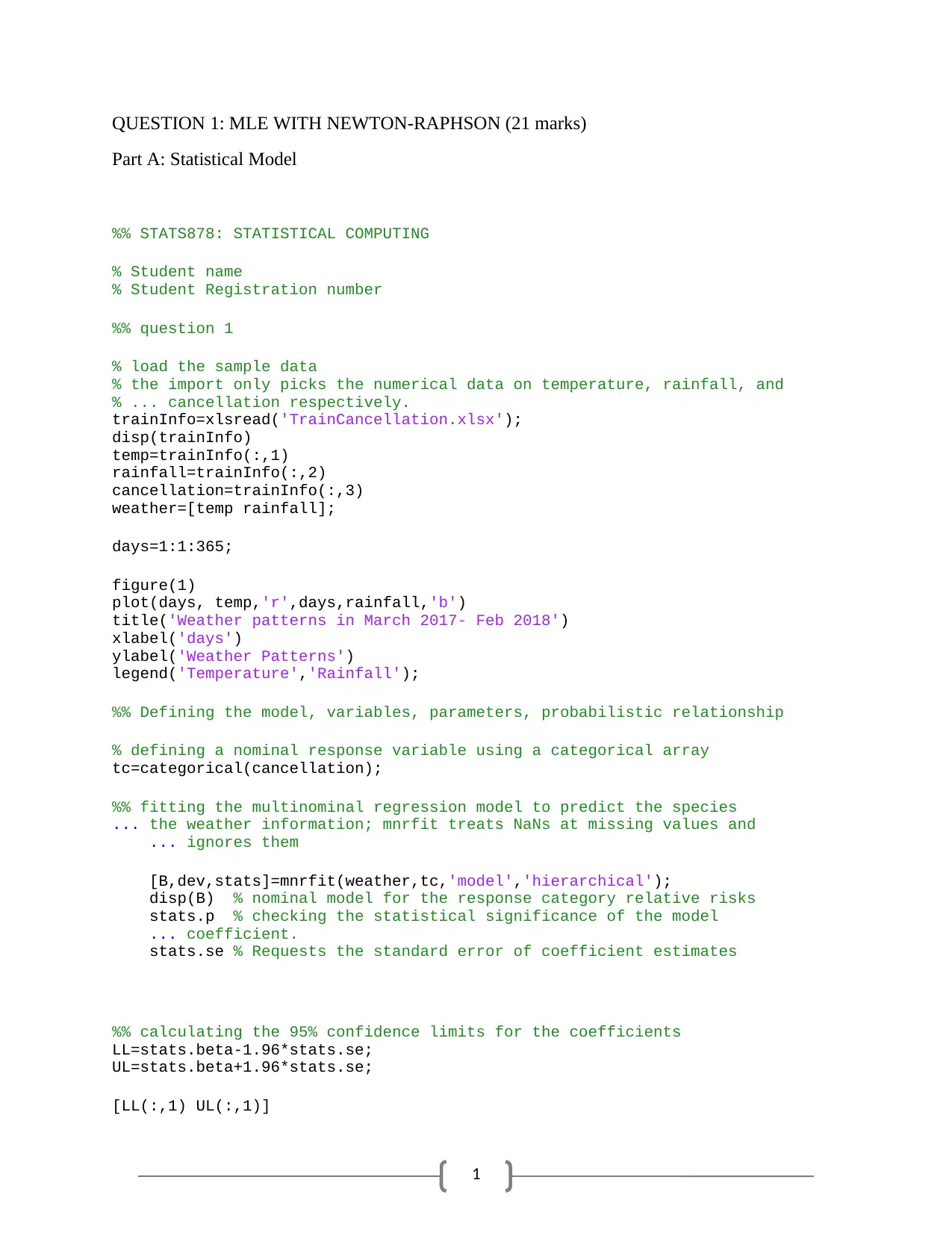
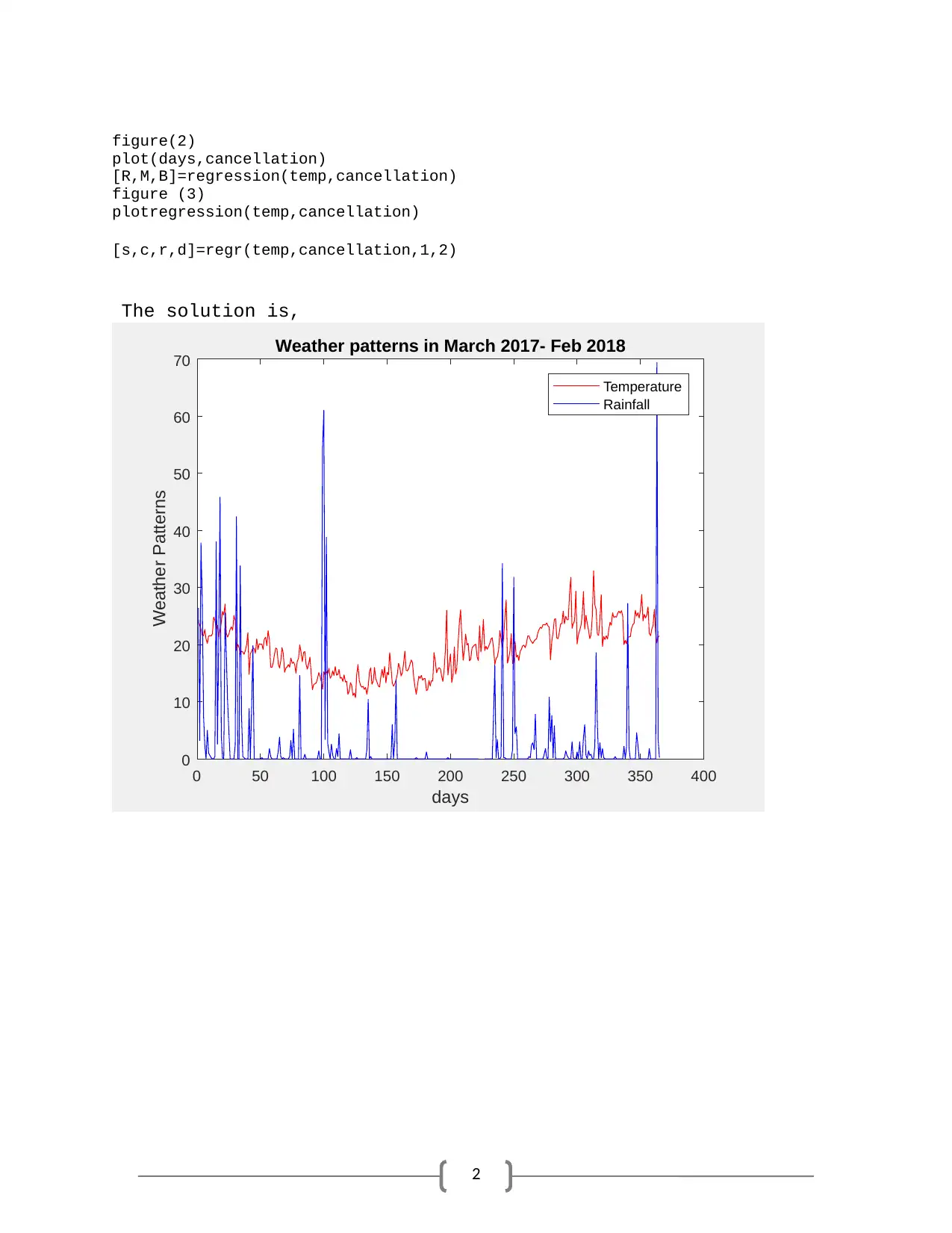
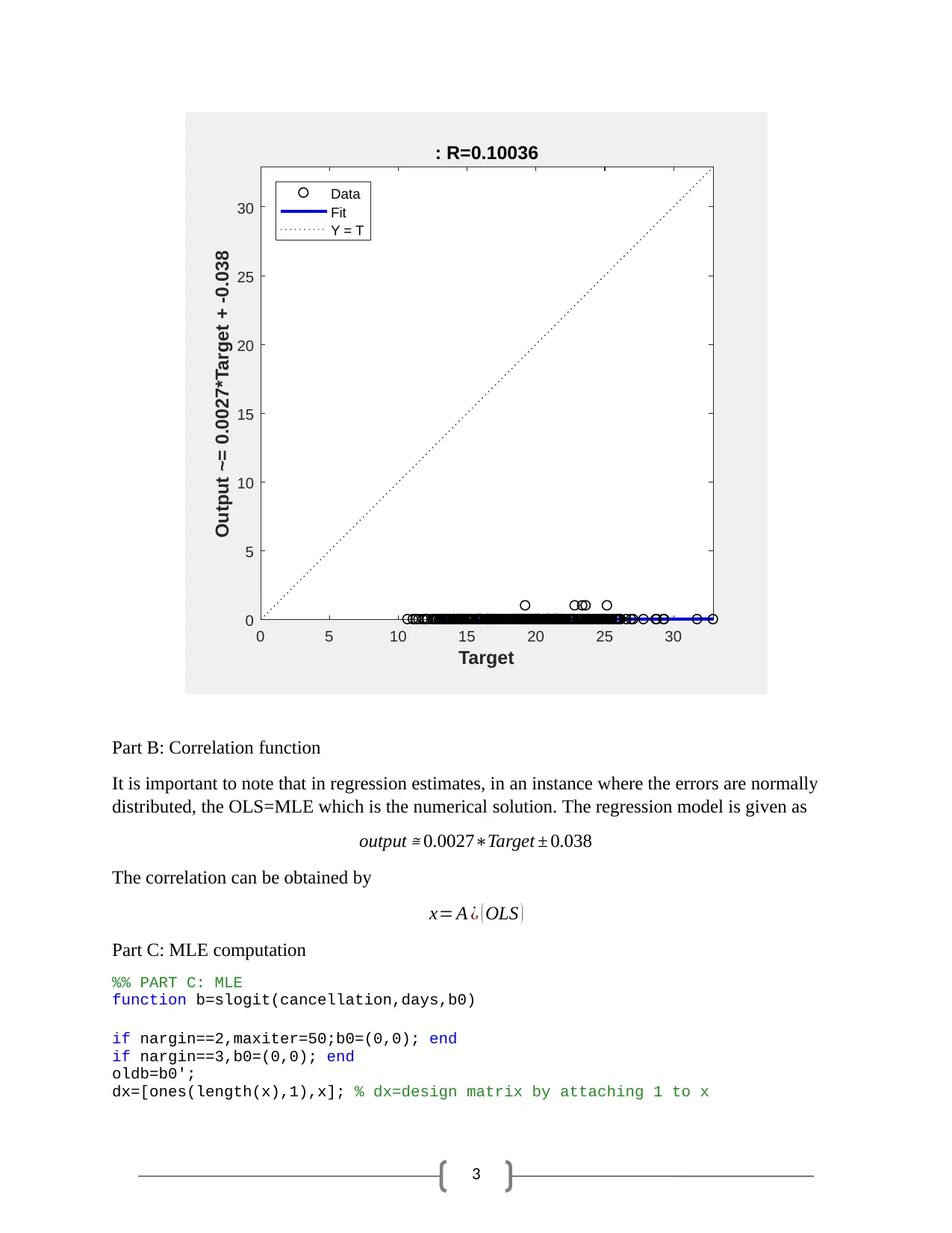
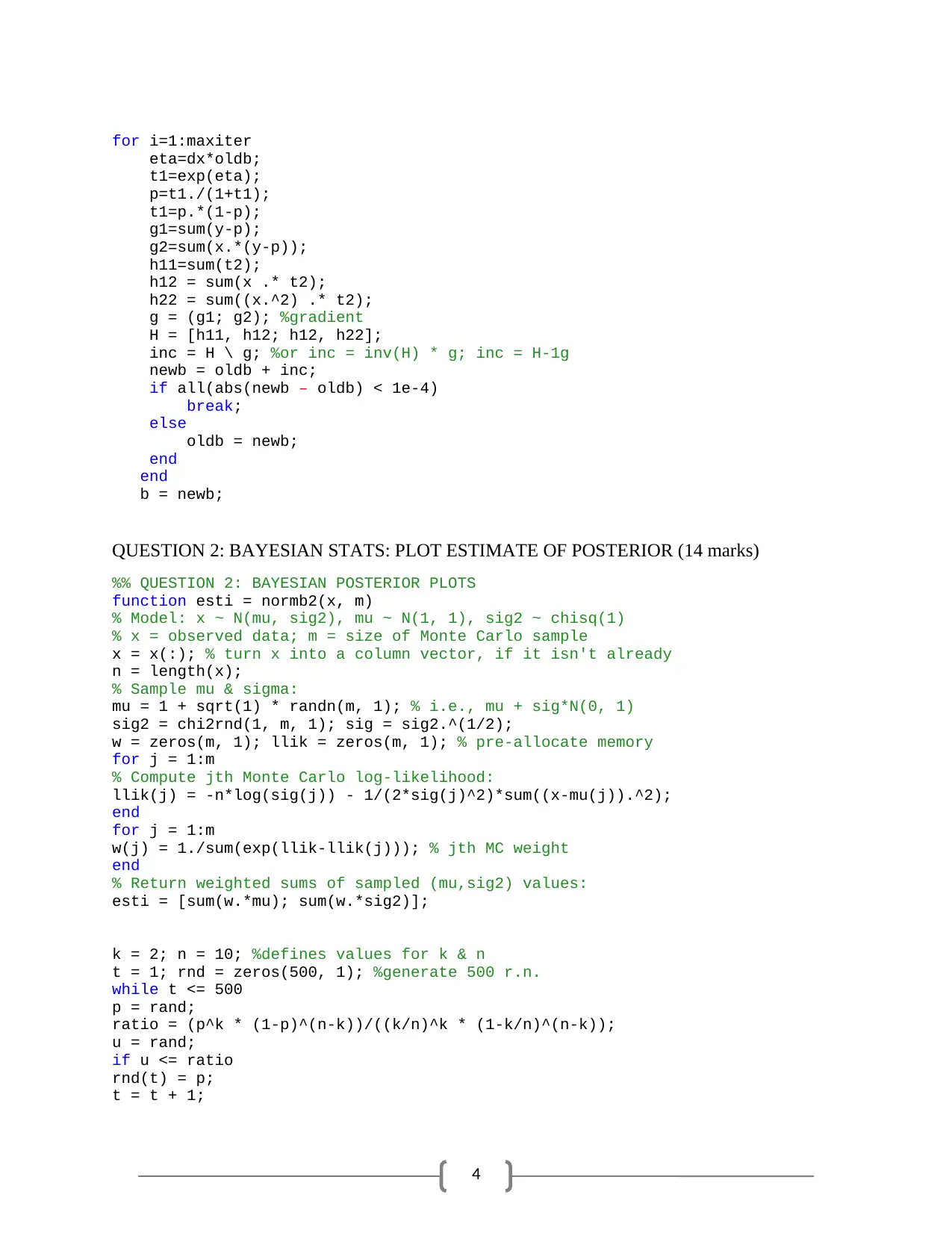
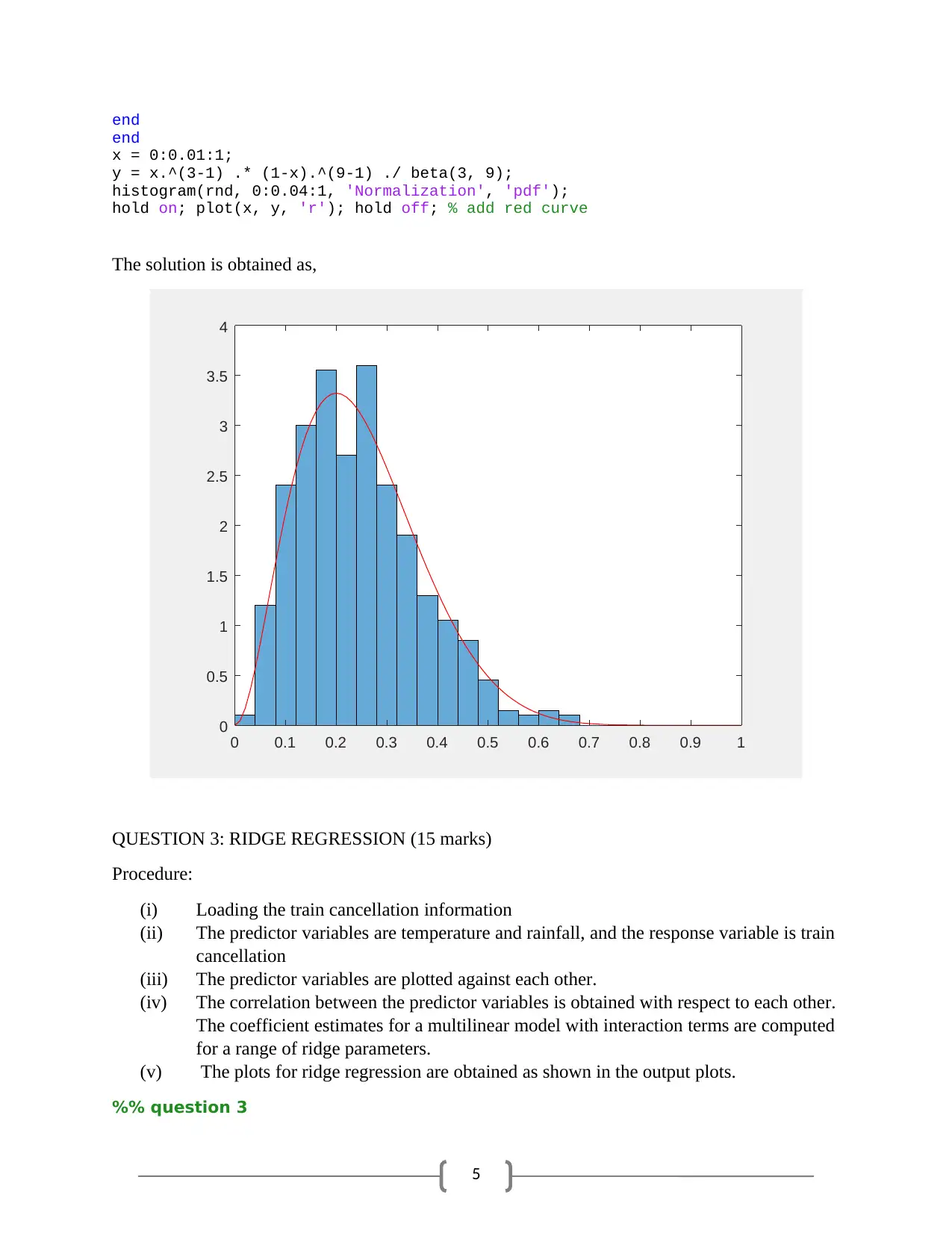
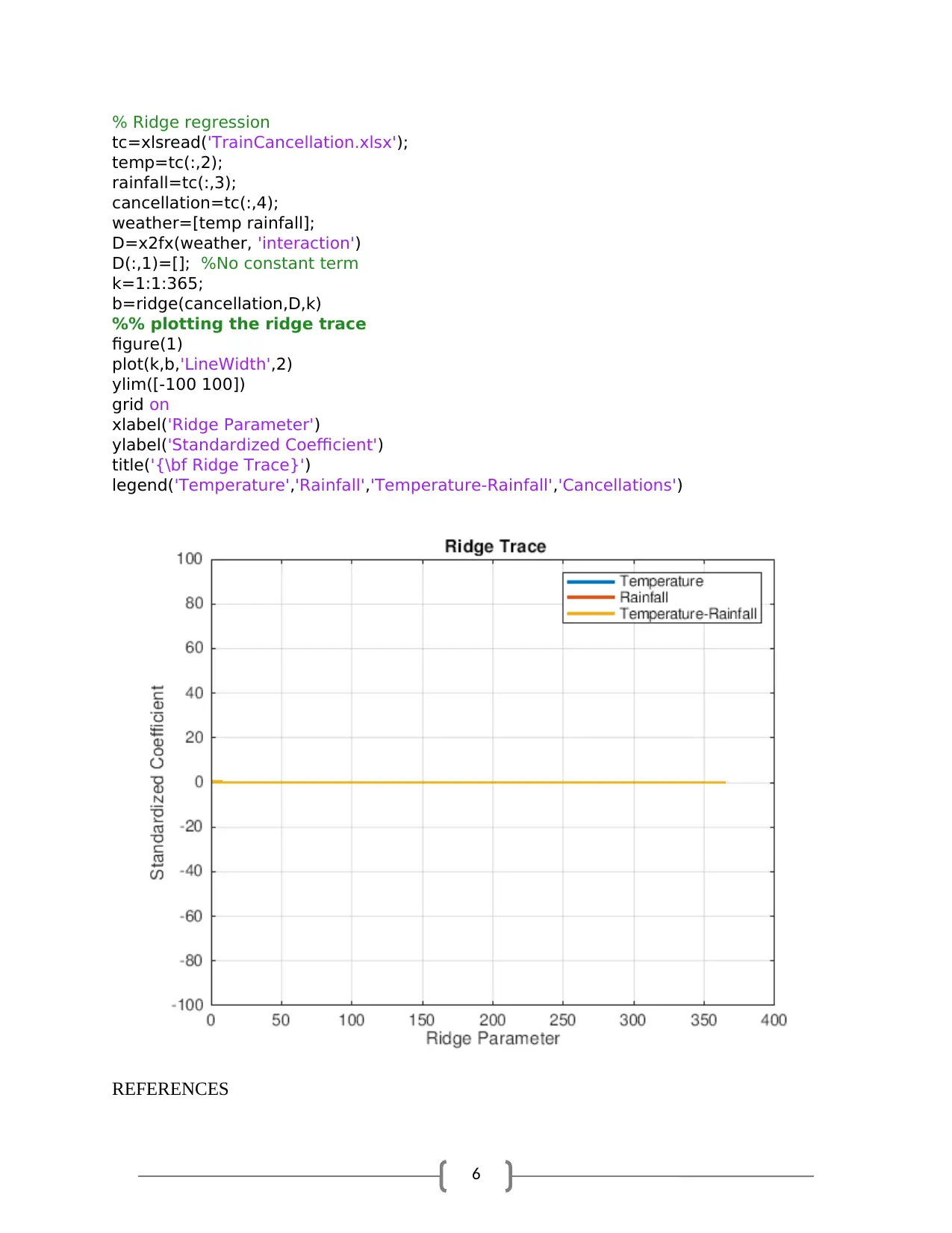

![[object Object]](/_next/static/media/star-bottom.7253800d.svg)